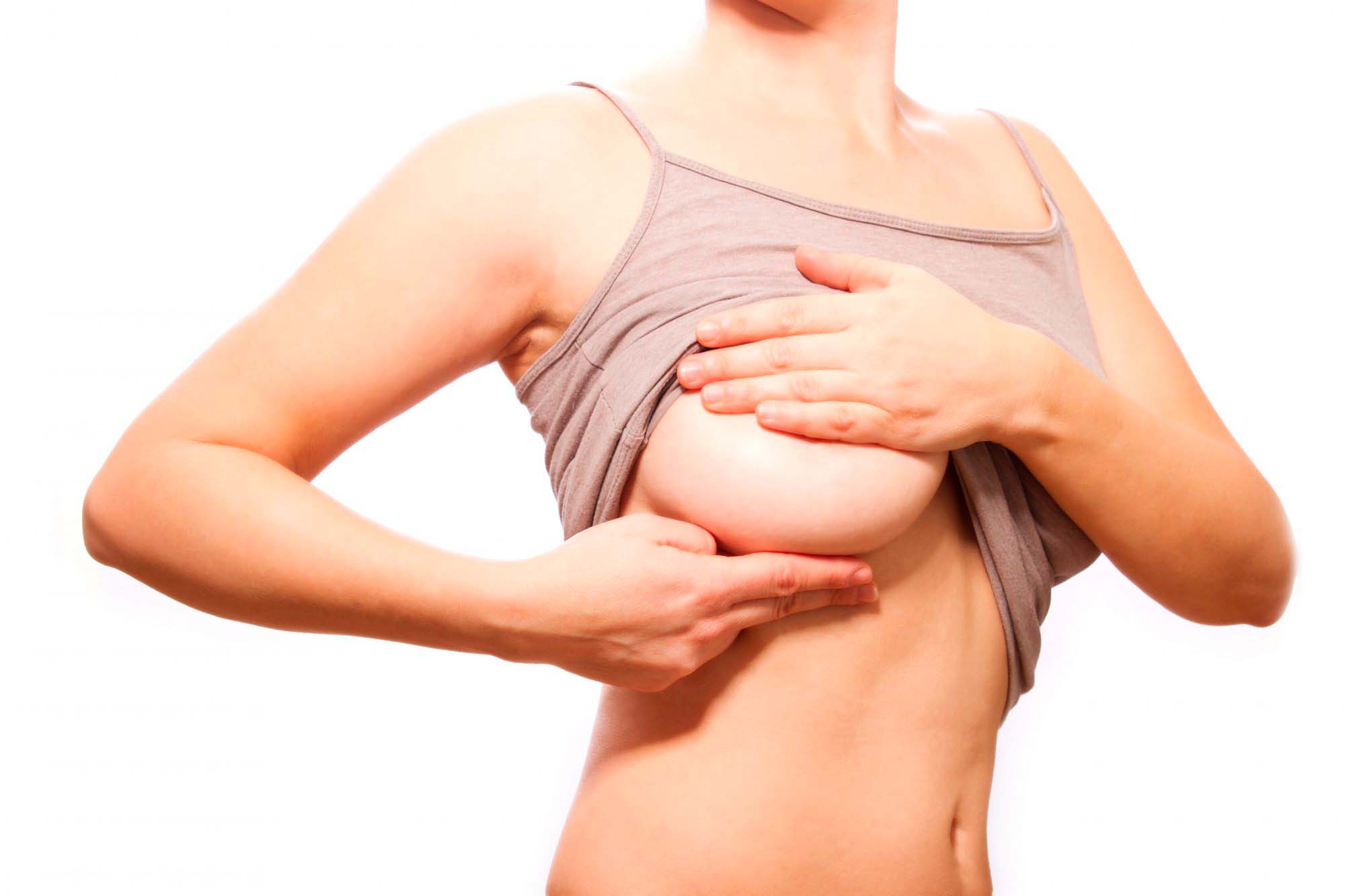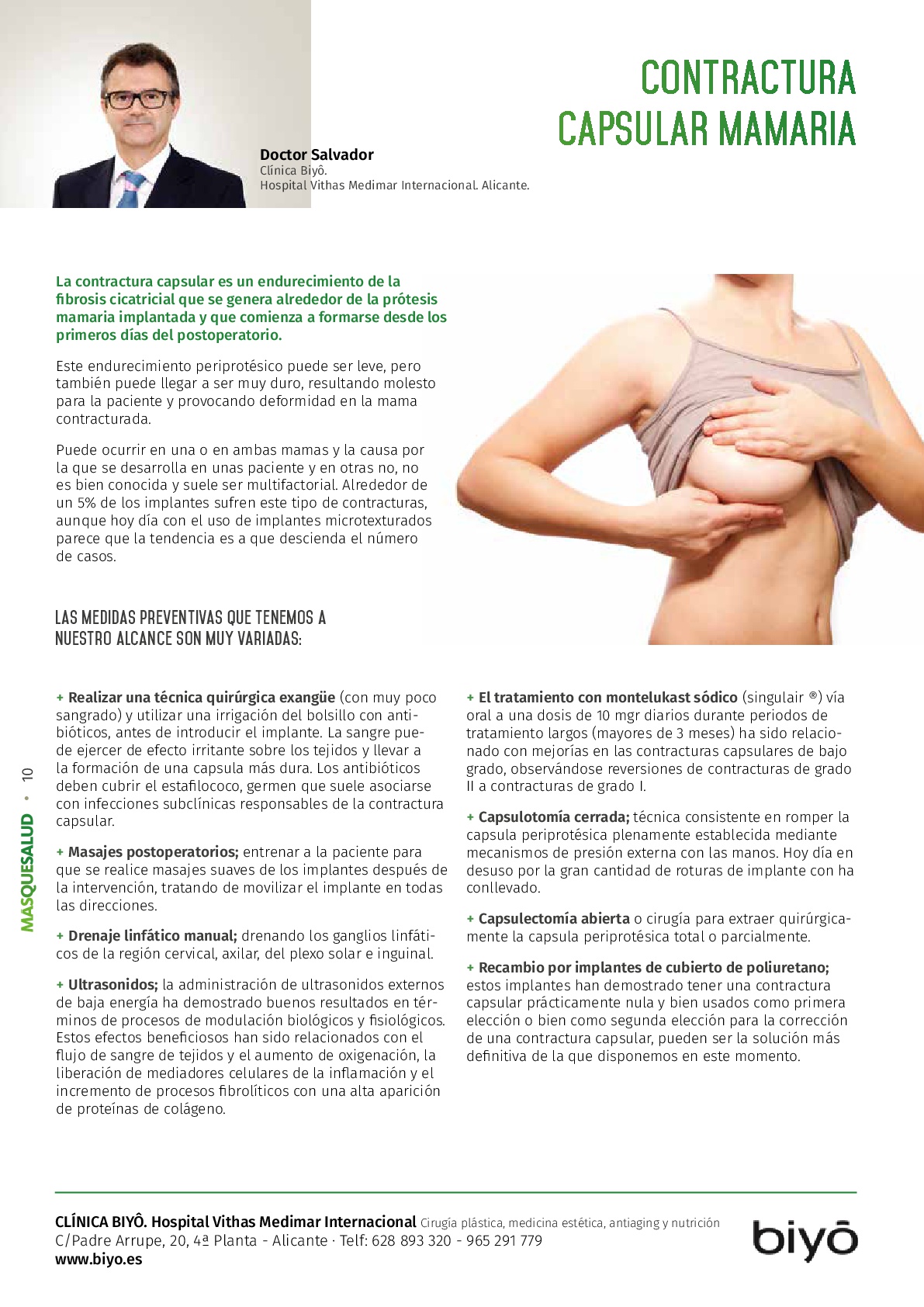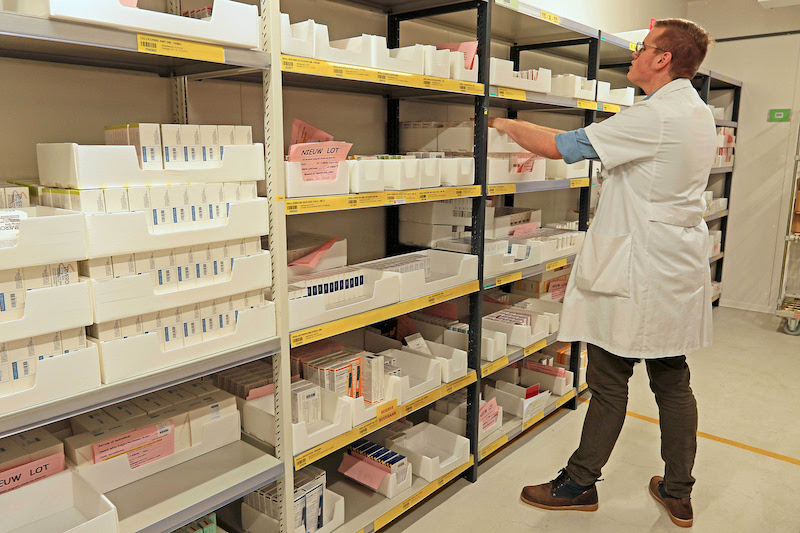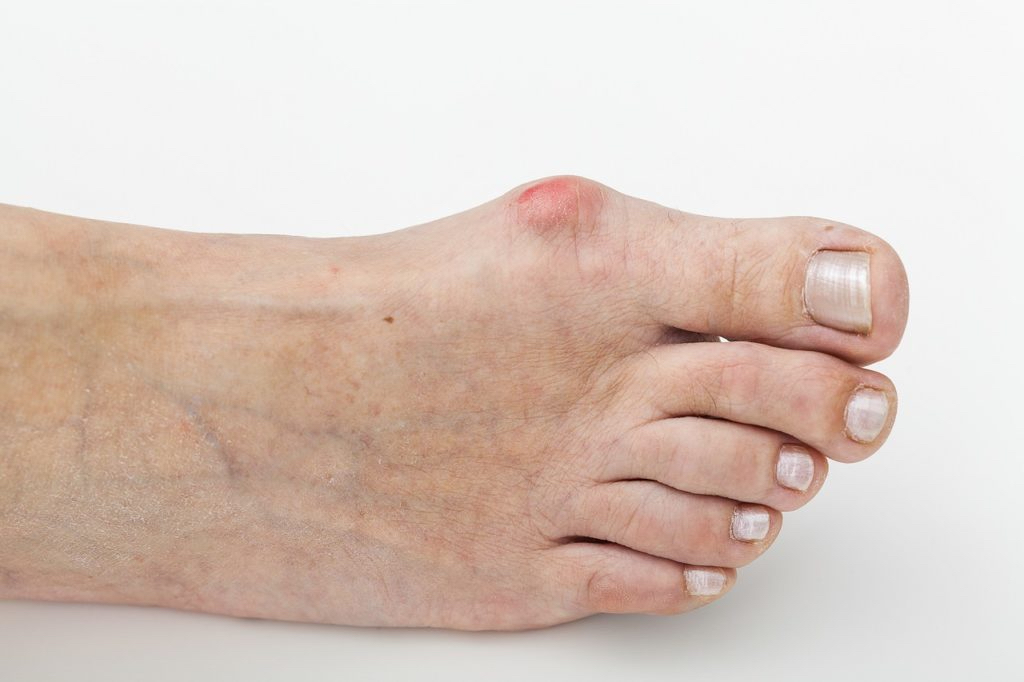
Capsular mammary contracture: what it is and how to avoid it
Capsular mammary contracture is the scar tissue hardening which is generated around the breast prosthetic implant and that begins to form from the first days of the postoperative period.
This hardening may be mild, but it can also be very hard, this results in physical discomfort for the patient and deformity in the contractured breast. It can occur in one or both breasts and the reason why it develops in some patients and not in others, usually multifactorial and not well understood.
Around 5% of implants suffer from this type of contractures, although nowadays it seems like this tendency is decreasing with the use of micro textured implants.
Capsular mammary contracture: preventive measures
– Perform a bloodless surgical technique (reduced bleeding) and use a irrigation pocket with antibiotics, before introducing the implant. The blood can have an irritating effect on the tissues and lead to the formation of a harder capsule. Antibiotics should cover for staphylococcus, a germ that is usually associated with subclinical infections which leads to capsular contracture.
Post-operative breast massages; train the patient to perform a gentle massage on their breats after the intervention, trying to mobilize the implant in all directions.
-Manual lymphatic drainage; draining the lymph nodes of the cervical, axillary region of the solar and inguinal plexus.
-Ultrasound; The use of a low energy external ultrasound has shown positive results in terms of biological and physiological modulation processes. These beneficial effects have been related to good tissue blood flow and increased oxygenation, the release of cellular mediators of inflammation and the increase of fibrolytic processes with a high appearance of collagen proteins.
-A treatment with montelukast sodium (singulair ®) (oral dose of 10 mgr daily) for long periods of treatment (more than 3 months) has shown improvement in low-grade capsular contractures, reverting grade II contractures. to contractures of degree I.
-Closed mammary capsular capsulotomy; technique consisting in the breakage of the periprosthetic capsule by exerting external pressure with the hands. Nowadays this technique is not used since at a high percentage of cases it leads to implant ruptures.
-Surgery to surgically remove the periprosthetic capsule totally or partially.
-Replacement of implants for polyurethane covered implants; These implants have shown to have a null capsular contracture. they can be used as a first choice implant for the patient or as a second choice to correct the first ones. either way they may be the most definitive solution available to us at this moment.
Dr. José Salvador
Biyô Clinic
International Medimar Vithas Hospital. Alicante
*Article published in Más Que Salud 41





